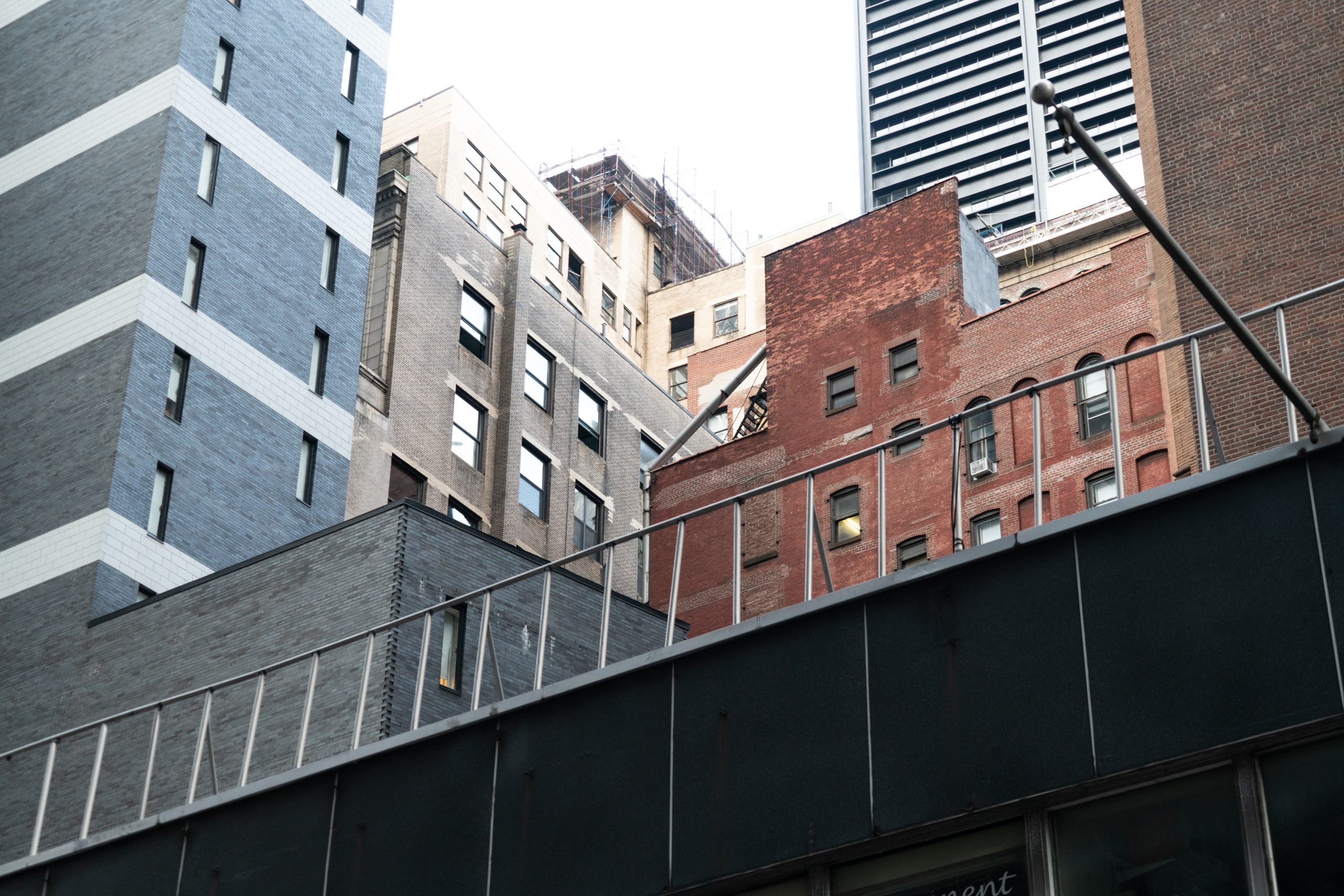Itkowitz PLLC Does Rent Stabilization Due Diligence on 140 Sponsor Units
September 7, 2017
I did a big Rent Stabilization Due Diligence on a big sponsor package.[1]
There was a problematic unit. It came with a nine-year old, two-attorney stipulation of settlement in a non-primary residence case. It said that the tenant acknowledges not being Rent Stabilized and that she may stay until she moves or dies. Sounds good for the new landlord? Nope.
The tenant was, of course, still Rent Stabilized. Stabilization is a legal status. Rent Stabilization isn’t an item to be bargained with for individual gain. A current or former tenant may have signed a document acknowledging that an apartment is not subject to Rent Stabilization. But, this does not make it so. Parties may not contract in or out of Rent Stabilization coverage. Thornton v. Baron, 5 N.Y.3d 175 (2005).
So, what happens if the tenant leaves permanently for a nursing home, but has resided for more than a year in the unit with her daughter – who, by the way, lived there at the time the stipulation was executed!? Family members residing in the premises often have succession rights to the leases. 9 NYCRR § 2523.5 (b)(1); 9 NYCRR § 2520.6 (o).
Even if a tenant could bargain with her Rent Stabilization status (she can’t), she sure can’t bargain with a successive tenants.
There was no remedy for the current owner (or prospective purchaser), but to wait and see if the lady left peacefully without installing a successor.
The lessons here is, once again, that Rent Stabilization Due Diligence is worth doing. And – there are no binding contracts out there taking a unit out of Rent Stabilization. That isn’t up to the landlord and/or the tenant. Rent Stabilization is a status, based upon objective factors. Those factors should be carefully examined and documented when attempting to determine an apartment’s legal status.
Respectfully submitted,
Michelle Itkowitz






